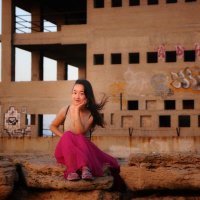
Jingjing
@jingjing__jj
PhD student @ZivShulman lab, @WeizmannScience.
ID: 1338434836588089346
14-12-2020 10:45:23
17 Tweet
61 Followers
231 Following


















@jingjing__jj
PhD student @ZivShulman lab, @WeizmannScience.
ID: 1338434836588089346
14-12-2020 10:45:23
17 Tweet
61 Followers
231 Following
















